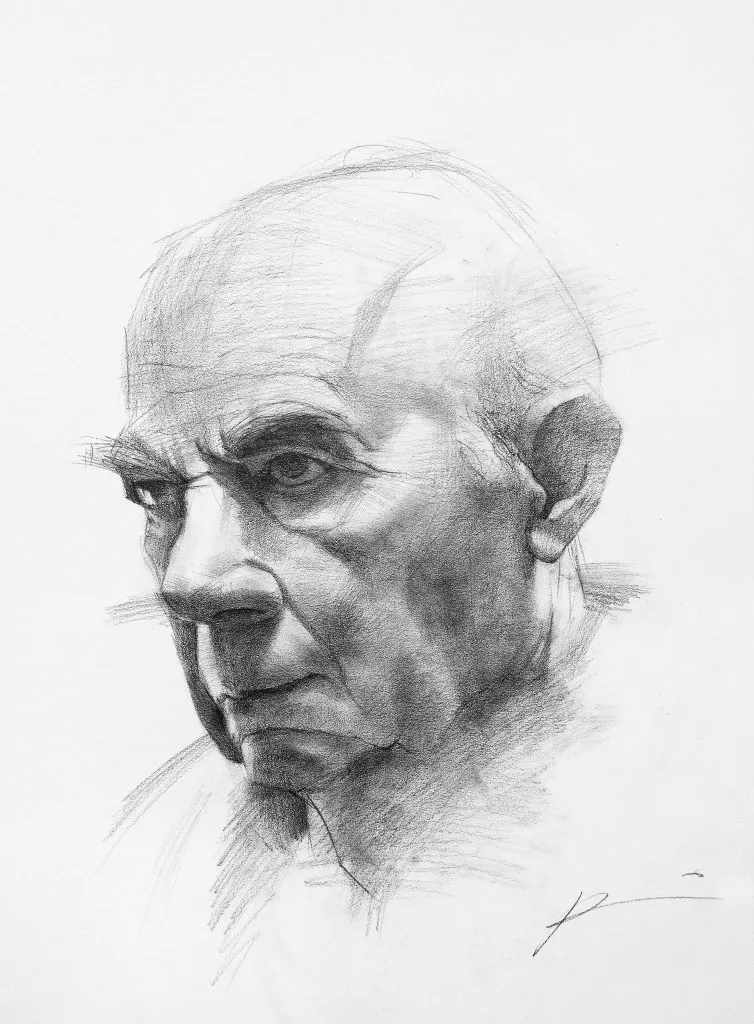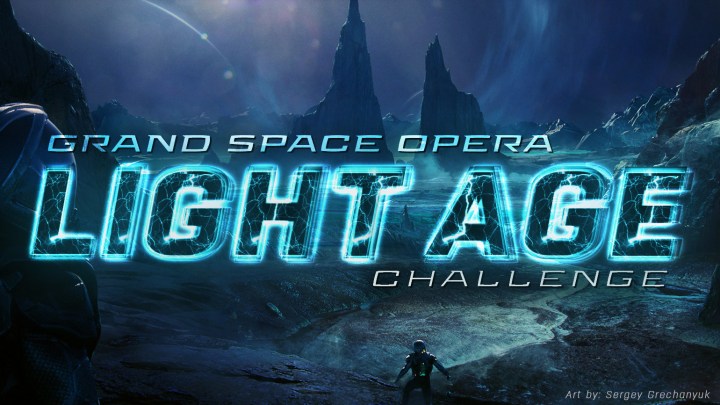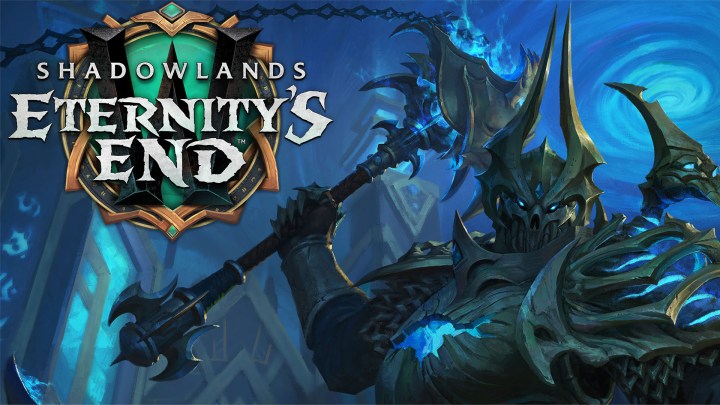Drawing in Charcoal with Chris Petrocchi

Chris Petrocchi illuminates the process of drawing a portrait in charcoal in his drawing demonstration course on ArtStation Learning. The course uncovers crucial topics on how to get started, measuring techniques, proportion, values, observing like an artist, building structure into your portrait, creating a focal point, and more.
Petrocchi is a globe-trotting professional artist with over 20 years of experience in the entertainment industry as an animator and illustrator for TV and film, and as a concept artist in AAA game development. He has taught portraiture and figure drawing at several universities across California and hosts online art courses at Draw Juice Studios.
Behind the course:
I started drawing when I was a kid and had a knack for drawing people, but never got any training until I was in my early 20s. I worked as a 2D animator for 8 years on TV commercials and shows, and then moved into games where I became a character concept artist. That’s when my portraits started to become much better because I was drawing/painting people all day. It was all digital work at the time, but I remember I saw a drawing by Zhaoming Wu and it was mesmerizing. I just knew I had to figure out what he was doing with his charcoal work.
It was when I went to live in China that I became proficient in charcoal drawing. I started doing portraits in earnest there. I took my own photos of people I saw and met and slowly started to accumulate a stack of portraits. This is how I got good with it–through struggle and repetition. At some point I realized that I had enough portraits to make a book so I published a 144 page Ebook called “Essence: Discovering the Art of the Portrait.
Most memorable learning experience:
It was when I met a guy named Robert Valley when I was working in animation. He’s a Canadian animator and an amazing talent. I learned so much just by watching him and chatting with him about art. The other memorable learning experience was when I went back to school to finish my degree after many years of being a professional artist in the industry. There I discovered Glenn Villpu who is just an amazing figure drawing teacher. The whole thing humbled me and the epiphany for me there was that there was/is no ceiling to my learning experience with drawing. It just never stops. Perhaps we never completely master anything in art, but we keep on striving towards an ideal that is a lifelong quest.
1 piece of advice:
“Observe life around you deeply and draw as much as you can from observation.”
Don’t be afraid of making mistakes. You can learn to fail and love it and move forward faster than you ever thought possible. It’s more fun that way too, trust me! Don’t give up on your dreams. Take action now to become the person you want to be in any dimension. If you are waiting for the right conditions to constellate before you move, you’ll never take action because the right conditions rarely come if ever. Do it now and you will be much happier as a person regardless of the outcome.
How does traditional drawing factor into your everyday work in the illustration and game industry?
Everything I teach comes out of my time in the animation and game industries. The fundamentals of art are really where its at. The big secret is that there is no secret to getting good. What it really amounts up to is hard work, repetition and being able to spot your weaknesses and work on them. So traditional drawing plays a huge factor in my everyday work. A traditional drawing foundation gives you a level of competency over shapes and shape language, values, edges, line, color and depth. These are the elements of design basically that allow one to become skilled at mark making and image making so as to be able to translate an idea.
ArtStation Learning courses are included in all ArtStation premium subscriptions. Find out more >
See more of Chris’s work here.
























